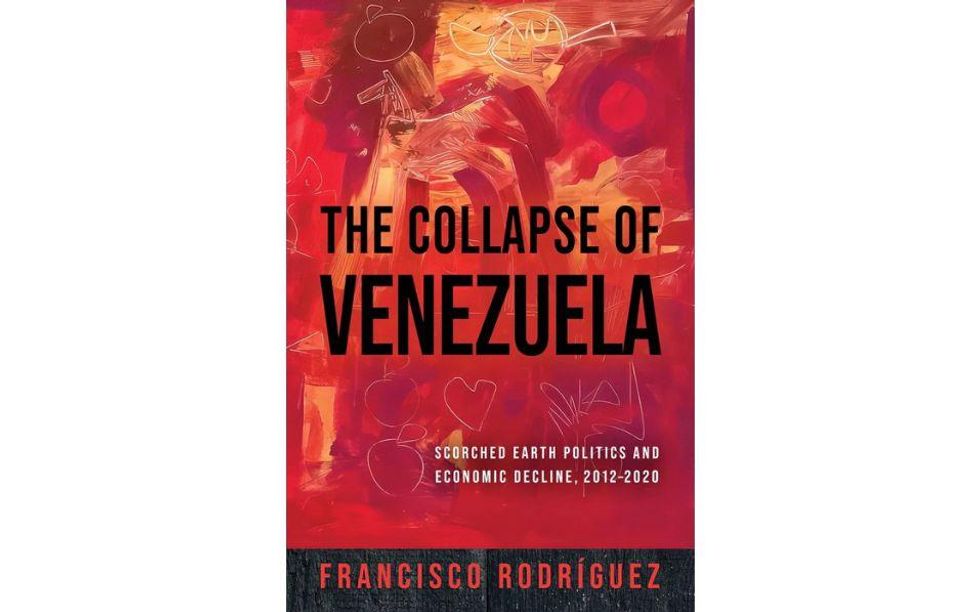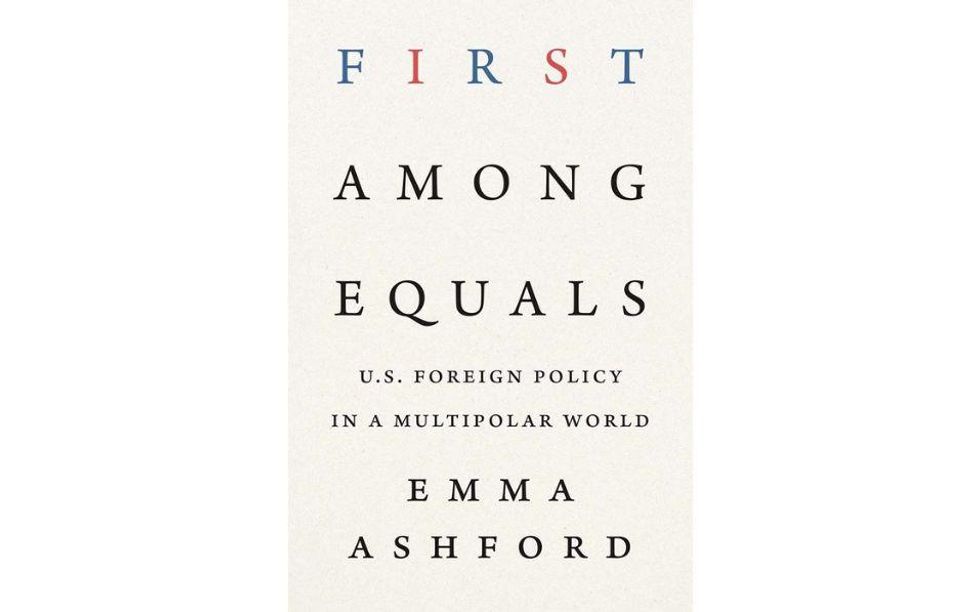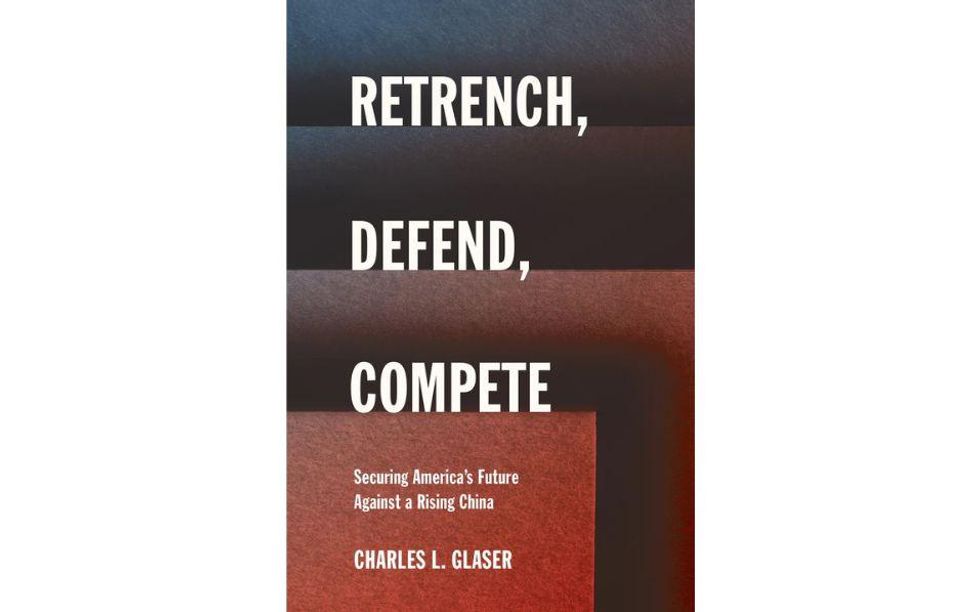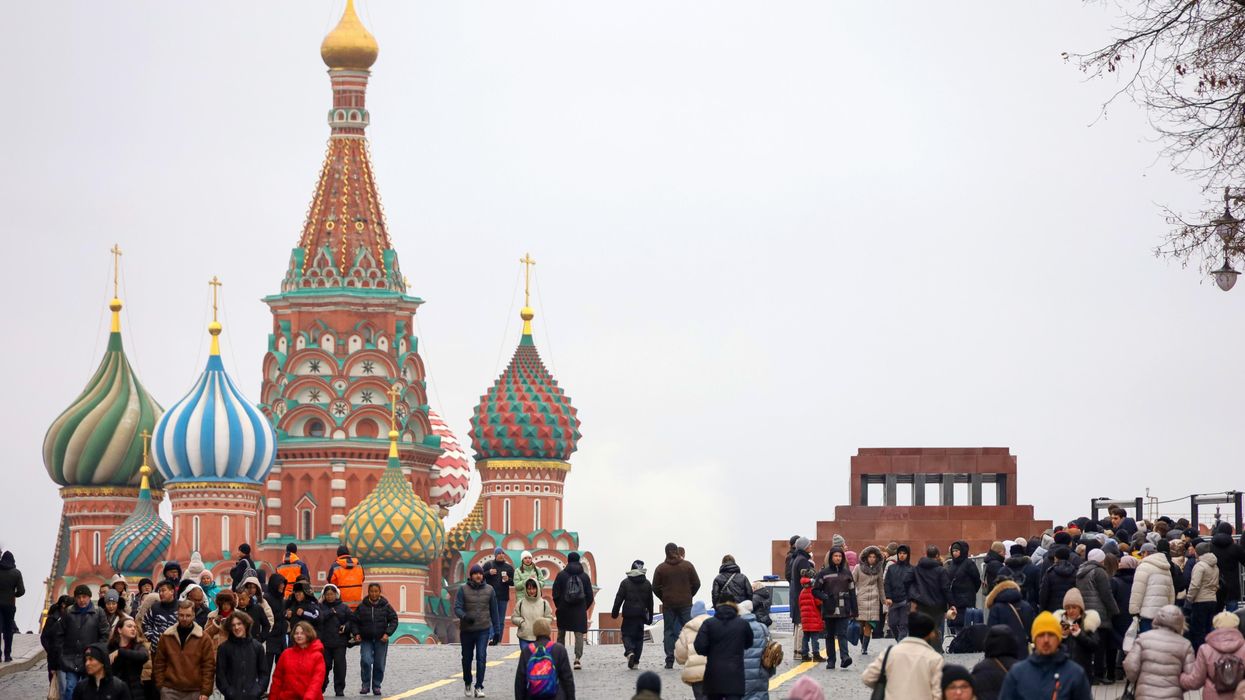What would it look like if China invaded Taiwan in 2026? That is the question that a wargame report by the Center for Strategic and International Studies, tries to answer.
The outcome is quite harrowing for all parties, according to “The First Battle of the Next War: Wargaming a Chinese Invasion of Taiwan,” which was released on Monday. The wargame simulated an amphibious invasion of Taiwan 24 times, accounting for possible scenarios ranging from a quick Chinese defeat to a protracted stalemate, to a Chinese victory.
The large majority of the outcomes do not foresee a Beijing victory. In any of the tested scenarios, however, an invasion of Taiwan would exact massive costs on the island itself, China, the United States, and Japan.
“A conflict with China, would be fundamentally unlike the regional conflicts and counterinsurgencies that the United States has experienced since World War II, with casualties exceeding anything in recent memory,” the report warns. “The high losses would damage the United States’ global position for many years.”
The report suggests that those who argue that China now has clear military superiority in the Taiwan Strait and thus is on the verge of attacking the island should think again. This study, and an earlier study conducted by the Quincy Institute, indicate that any military attack on Taiwan would be an enormous gamble for Beijing and likely to result in a Chinese defeat. It is an option that Beijing would likely only take if provoked, for example by Washington abandoning the One China policy or deploying combat forces to Taiwan. At the same time, the costs of a war over Taiwan would be enormous for all sides and certainly no easy win for the United States.
The report warns that once China launches an invasion — and if the United States decides the best option is to defend Taiwan — there is no “Ukraine model” for Taiwan; the United States could not simply send supplies, it would also have to send troops directly into combat, and do so immediately to limit casualties. And the results would still be catastrophic.
The CSIS wargame estimates that the United States would lose 3,200 troops in the first three weeks of combat with China. That number is nearly half of all the American troops that died in two decades of war in Iraq and Afghanistan combined.
In an event launching this report on Monday, Becca Wasser, lead of The Gaming Lab at the Center for a New American Security, noted that the American public has not yet come to grips with the potential consequences of such a scenario.
“Is the United States ready as a nation to accept losses that would come from, say, a carrier strike group sunk at the bottom of the Pacific?,” she asked. “We have not had to face losses like that as a nation for quite some time. And it would actually create broader societal change that I’m not sure we’ve totally grappled with.”
The consequences are similarly high for China. In the base scenario, CSIS estimates that China would suffer 155 combat aircraft losses and 138 ship losses (compared to 270 and 17 losses for the United States, respectively). This scenario also estimates 7,000 Chinese ground casualties, “roughly a third of whom are assumed killed. Another roughly 15,000 soldiers were lost at sea, with half assumed killed.”
Even though most outcomes conclude with Taiwan successfully fighting off China’s invasion, the repercussions are disastrous for the island, as well. The Taiwanese military, says the report, “is severely degraded and left to defend a damaged economy on an island without electricity and basic services.” In most outcomes, Taiwan’s entire navy was destroyed and army casualties averaged about 3,500.
Given the high stakes involved in any full-blown Sino-U.S. conflict over Taiwan, one cannot dismiss the possibility that either Beijing or Washington might employ nuclear threats or signaling, or even deploy tactical nuclear weapons to avert an impending defeat. The report recognizes this possibility, although it does not examine it. The possibility of nuclear conflict reinforces further the need to avoid a Taiwan conflagration at virtually all costs,
The results of the simulations, and the recommendations offered in the report, in general reflect those found in the Quincy Institute’s earlier Active Denial report. Simulations conducted for that study produced similar results, and its recommendations were virtually identical, stressing the need for the United States to harden bases in Japan, employ smaller carriers, increase inventories of anti-ship missiles, and deploy more submarines and bombers equipped with missiles, among other things.
But even these actions will not by themselves ensure that China would be deterred from attacking Taiwan, if Washington backs Beijing into a corner. The ultimate lesson of these and other war games is that credible political and diplomatic assurances by the United States and China regarding, respectively, One China and the possibility of peaceful unification, are essential for keeping peace in the Taiwan Strait.
The CSIS report does not suggest policy prescriptions or take a position on whether the United States would or should become directly involved in a conflict over Taiwan. But it is clear eyed about the high costs, and, as a result, the importance of avoiding a direct confrontation to begin with.
- The perils of a US arms stockpile in Taiwan | Responsible Statecraft ›
- US, Japanese lawmakers ask Biden for diplomacy on Taiwan | Responsible Statecraft ›
- China's grand strategy: primacy or balancing? | Responsible Statecraft ›
- Confucius says: Get the definition of US-China ‘competition’ right | Responsible Statecraft ›
- New China port in Peru is about growth, but the sky is not falling | Responsible Statecraft ›
- Most Chinese want good relations with US, poll says | Responsible Statecraft ›
- Hegseth: The US will remain an Indo-Pacific power | Responsible Statecraft ›
- Three reasons why China can't afford to invade Taiwan | Responsible Statecraft ›
- The 8-point buzzsaw facing any invasion of Taiwan | Responsible Statecraft ›
- Taiwan not a vital interest | Responsible Statecraft ›
























